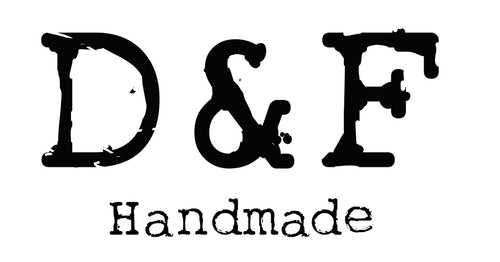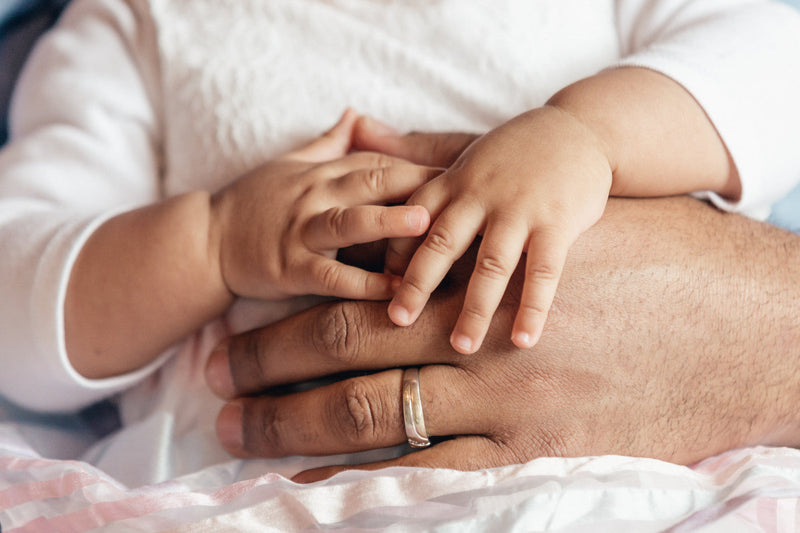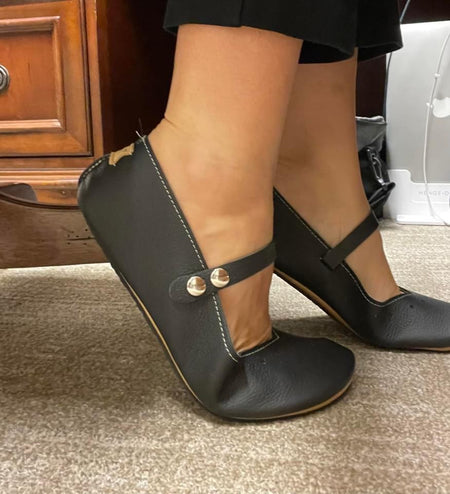When you're looking down at your precious baby, you're probably admiring their sweet little fingers and beautiful eyes.
You may find yourself wondering how many bones does a baby need or have at birth. You might be surprised to know that when babies are born, they have about 300 bones, and each of them is changing shape and growing each day.
However, what's even more interesting is that adults have a total of 206 bones, which means that we "lose" around 94 bones from the time we're born until early adulthood.
So yes, while on paper that means that your baby's body has more bones than adults, their bone growth will happen quickly as the baby grows. This is because bones are made out of calcium and living tissue that's constantly being rebuilt and replaced as we age. In this article, we'll dive deeper into how many bones are inside the human body and what happens to your baby's bone growth as they start to grow older.
What Are Baby's Bones Made Of?

At birth, most of baby's bones are made out of flexible but tough cartilaginous bones. This is because babies grow so fast in the womb, and without that flexibility baby's spine begins to shrink or hurt itself by having to mold to such a confined space. Instead, the baby's skull, baby's head, spinal cord, and body are created to adjust to fit through the birth canal. If not, it would be really uncomfortable for both baby and Mom when it was time to deliver the baby through the birth canal and would require that babies born would need to be delivered via C-section.
The bones themselves are made from four different layers of tissues, including:
Bone Marrow
This is the soft bone tissue inside bones that helps to produce new blood cells.
Cancellous
You'll find cancellous inside the compact bone as well. This spongy tissue helps make the bone lighter and absorbs shocks.
Compact Bone
When you're looking at the bones of a skeleton, you're actually looking at the compact bone. The compact bone is the hard, smooth layer of bone that's on the outside and helps to protect the softer tissues inside.
Periosteum
This thin membrane covers all the surfaces of bones, and it contains nerve endings, blood vessels, and lymph vessels.
How Do A Babies Bones Change?
As a child grows, your baby's bones change from the cartilage to a hard set of tissue called bone. This process is known as ossification and involves cells that are already present in the body starting to produce more solid material for new growths or replacement tissues. Your baby's bones start to link together and eventually harden, creating one solid bone.
For example, many babies are born with soft spots on their heads. While it's tempting to push them together or move them, parents are warned to avoid messing with their baby's skull. This is because these soft areas on your newborn's head just haven't formed into a bone. Once they do, it will shift the shape of the skull. This process is how your baby will eventually end up with 206 bones by the time they've finished growing.
When Will My Babies Bones Finish Fusing Together?
Your baby's bones won't finish fusing together for a long time, as this process will actually continue for many more years. In fact, up until they're about 25-years-old, their bodies will still be going through the process of ossification. However, once they reach this age, they'll have 206 bones, and they won't grow or change any further at this point.
This helps them maintain healthy calcium and phosphorus levels, which also keeps their teeth strong enough to chew on food or resist a punch from an angry toddler sibling! However, adults need to keep taking care of themselves while they're busy building more bone material because if too much is lost through wear and tear, you might develop osteoporosis later in life. This condition is when bone tissues are lost faster than they can be replaced.
How To Protect Your Childs Growing Bones
So much is happening within your child's body which is why it's essential to ensure that you're helping to encourage stronger bones as much as possible. This includes ensuring they have all the calcium, taking the necessary safety precautions, and staying active. Here are a few simple ways to help take care of your child's growing bones.

Wear Helmets When Participating In Outdoor Activities
This one is especially important for babies and toddlers who are still in the process of growing their bones. Falls can result in serious head injuries, so make sure that they always have a helmet on when playing outside or biking around the neighborhood. If they're playing sports, make sure they're using the right pads and safety gear to keep themselves safe!
Stay Active
Exercise and movement are the best ways to help keep your bones strong. Try to incorporate a daily walk or outdoor activity time to keep them moving throughout the day. You can even introduce weight bearing exercises as they get older to help encourage healthy bone mass. This will give your children the opportunity to build their muscles while also helping protect their growing bones from injury. The stronger they become, the better they'll be able to withstand the impact of gravity over time!
Eat Lots Of Vegetables
One easy way to ensure your child is getting enough calcium and phosphorus in their diet is to feed them vegetables. Dark leafy greens like spinach are a great source of these minerals, as well as other essential vitamins and nutrients that help keep bones healthy. If you have a picky child, you can always create smoothies and hide these ingredients inside!
Maintain A Healthy Weight
Babies and children who are overweight or obese can be at risk for developing health problems like type II diabetes, heart disease, and joint pain. All of which can lead to further bone and joint issues down the line. Make sure to talk to their doctor if they have a higher than normal BMI and you're worried about them gaining too much weight.
Get Enough Vitamin D
Getting enough vitamin D is especially important for toddlers and children who live north of the equator or don't spend enough time outside in the sun. This helps to ensure that your child has healthy bone development and encourages new bone tissue to form. This is especially important when it comes to the skull bones as they're one of the areas that most parents will notice have an oddly shaped outer surface. Make sure that your baby is drinking plenty of milk, or taking a supplement if they're not eating fortified foods like cereals. Vitamin D helps the body absorb calcium properly, which is essential for strong bones!
Conclusion
In this article, we covered how many bones does a baby carry at birth and how many more bones they have than an adult. It's crazy to think about how much your little one's bones and body will change over time, along with how many bones your baby already has at birth. While they'll start with more bones than adults, this number will change due to a process called ossification. As the bones grow and eventually fuse together, they'll have fewer bones than they originally started with at birth. Thankfully the bone growth process is completely normal and is a sign of healthy bones or good bone health.
To ensure your child's bones stay healthy as they grow, it's essential to be aware of how baby's bones fuse together and work to support bone development through breast milk, Vitamin D (which can be found in orange juice, dairy products, or other solid foods like Salmon).



0 comments